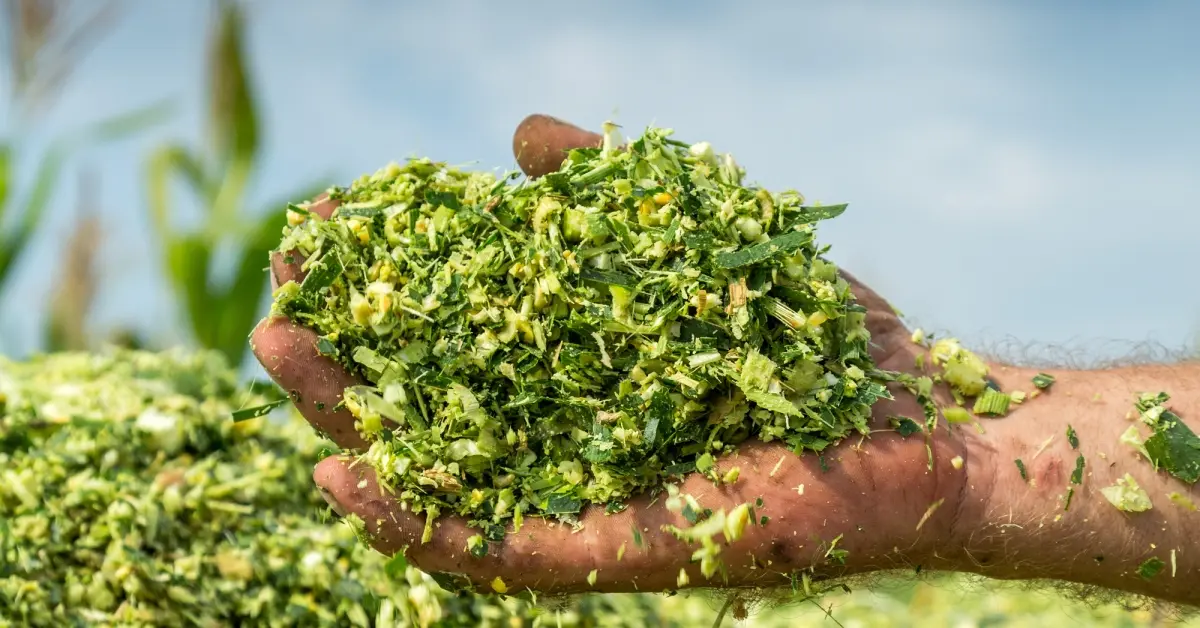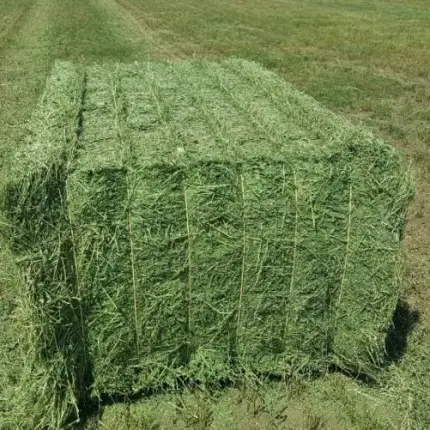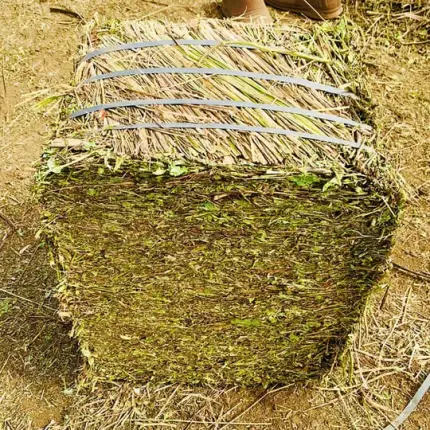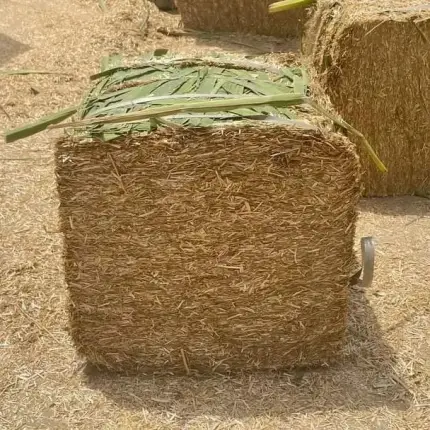Description
Corn silage is a popular and nutritious forage feed that is produced by fermenting chopped whole corn plants. It is commonly used as a high-energy feed for ruminant animals, particularly dairy and beef cattle. Here are the key features and aspects of corn silage:
1. Harvesting Process:
– Corn silage is typically made from the entire corn plant, including the stalks, leaves, cobs, and grains. The corn is harvested at a specific stage of maturity, usually when the kernels are in the dough stage, and the plant has a high moisture content.
2. Chopping and Packing:
– The harvested corn plants are chopped into small pieces using forage harvesters. The chopped material is then compacted and tightly packed into silos or pits to exclude air, creating anaerobic conditions necessary for fermentation.
3. Fermentation:
– The chopped corn undergoes natural fermentation, primarily lactic acid fermentation, due to the presence of lactic acid bacteria. This process helps preserve the forage and enhances its digestibility for animals.
4. Nutritional Content:
– Corn silage is known for its high energy content, making it a valuable feed for livestock. It provides carbohydrates, fiber, and some protein. The nutritional composition can vary based on factors such as corn variety, stage of maturity, and fermentation conditions.
5. Energy Source:
– Corn silage serves as a significant source of energy for ruminant animals. It is particularly beneficial for dairy cows because of its high energy density, which supports milk production.
6. Silage Additives:
– In some cases, silage additives such as inoculants may be used during the ensiling process to improve fermentation, reduce nutrient losses, and enhance the overall quality of the silage.
7. Storage:
– Corn silage is stored in silos or pits, and proper packing and compaction are crucial to exclude air and promote anaerobic conditions. Well-sealed storage helps prevent spoilage and maintain the quality of the silage.
8. Feeding Practices:
– Corn silage is often included in the diets of cattle, especially in total mixed ration (TMR) systems. It can be fed alone or combined with other forages and concentrates to meet the nutritional needs of the animals.
9. Seasonal Harvesting:
– Corn silage is typically harvested during the late summer or early fall when the corn plants have reached the desired stage of maturity. The moisture content of the plant material is an important consideration during harvest.
Corn silage is widely used in modern livestock farming due to its efficiency in utilizing land and resources, high energy content, and ability to support milk production in dairy cattle. The nutritional benefits and storage characteristics make it a valuable component of many livestock feeding programs.






Reviews
There are no reviews yet.